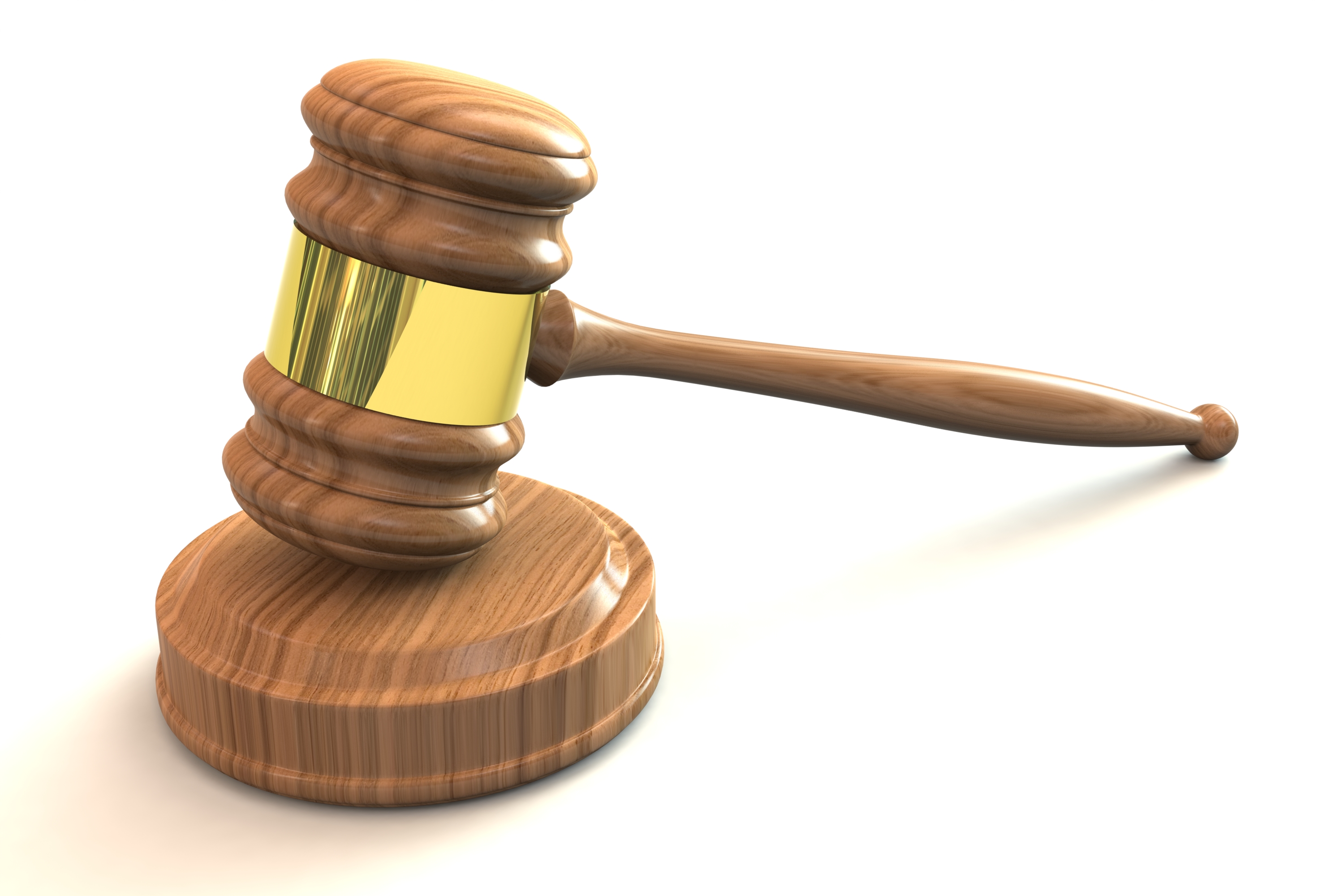What Congressional Subpoena Power Means for Oversight
Three months after they took control of the House, new committee chairs are finally exercising their subpoena power.

Three months after they took control of the House, new committee chairs are finally exercising their subpoena power. With committees having voted this week on issuing multiple subpoenas to the Trump administration — including to White House officials, Trump advisers, and Commerce Secretary Wilbur Ross — we will now begin to see what that power means for congressional investigations.
The committee chairs turned to subpoenas after the administration has proved unwilling to cooperate with their requests. Though this week’s subpoenas are not the first of the new Congress (House Oversight issued three bipartisan subpoenas in February regarding the administration’s child-separation policy), they are likely to be the first of many high-profile, party-line subpoenas to come out of the 116th Congress.
The House Oversight and Reform Committee voted on Tuesday to subpoena Carl Kline, who was the White House director of personnel security during President Trump’s first two years in office, as part of its investigation of security clearances granted to Jared Kushner and others over the objections of career personnel. The committee also voted to subpoena Secretary Ross about his decision to add a citizenship question to the 2020 census.
On Wednesday, the House Judiciary Committee voted to authorize subpoenas both for Special Counsel Robert Mueller’s full report, which the Democrats had demanded by April 2, and for the testimony of five Trump advisers as part the committee’s investigation into obstruction of justice. Though Attorney General William Barr has said a version of the report would be made available to Congress, Congress is demanding a full, unredacted report, along with underlying evidence.
If Congress can already ask for these documents and testimony, why do the subpoenas matter? The Constitution does not require Congress to issue subpoenas to obtain information; in theory, a letter from a committee chair should suffice. But while Congress can ask for anything it wishes from the executive branch, the executive branch — and this administration in particular — often refuses to turn over the requested documents, sometimes outright and sometimes just by ignoring the request completely.
A congressional subpoena gives the requests teeth by enabling Congress to turn to the third branch of federal government: the courts. Congress can enforce its subpoenas in three ways: 1) hold the offender in contempt of Congress and send them to the brig (unlikely since the days of Benedict Arnold); 2) refer the issue to the United States Attorney for the District of Columbia (who currently is a Trump appointee and unlikely to bring charges) to enforce the request or jail people for contempt; or 3) file a civil suit in federal court seeking a court order, backed by contempt powers that are more easily and more often enforced.
A civil suit is most likely, and congressional subpoenas represent an important step by which a federal judge can step in and force the executive branch to cough up the documents. But the process can be long and drawn out, and the suit must make its way through the federal court system, with White House lawyers resisting at every opportunity.
Assuming the House does litigate, the subpoenas issued this week will likely set up a battle in the courts on a plethora of issues, including how far the courts are willing to wade in to enforce congressional subpoenas, the scope of executive privilege, and when cabinet officials — and perhaps even the president — can be forced to testify. How these subpoenas play out will set the tone for other highly charged subpoenas in the coming months, including those for items such as Trump’s tax returns. This week’s two sets of subpoenas will provide a glimpse of just how long and bumpy the road to transparency in the Trump administration could be.